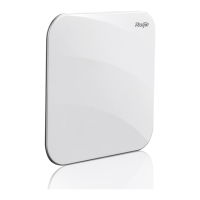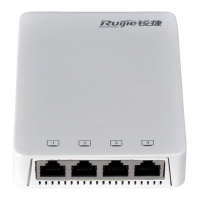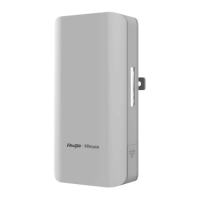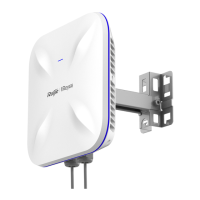Configuration Guide Configuring SSH
SSHv1 uses an RSA key, whereas SSHv2 uses an RSA or DSA key.
If an RSA key is generated, both SSHv1 and SSHv2 are supported. If only a DSA key is generated, only
SSHv2 can use the key.
Specifying the SSH Version
1: Indicates that the SSH server only receives the connection requests sent by SSHv1 clients.
2: Indicates that the SSH server only receives the connection requests sent by SSHv2 clients.
Global configuration mode
Run the no ip ssh version command to restore the default settings. By default, the SSH server supports
both SSHv1 and SSHv2.
Configuring the SSH Authentication Timeout
time: Indicates the SSH authentication timeout. The value ranges from 1 to 120. The unit is second.
Global configuration mode
Run the no ip ssh time-out command to restore the default SSH authentication timeout, which is 120s.
Configuring the Maximum Number of SSH Authentication Retries
ip ssh authentication-retries retry times
retry times: Indicates the maximum number of user authentication retries. The value ranges from 0 to 5.
Global configuration mode
Run the no ip ssh authentication-retries command to restore the default number of user authentication
retries, which is 3.
Configuring RSA Public Key Authentication
ip ssh peer test public-key rsaflash:rsa.pub
test: Indicates the user name.
rsa: Indicates that the public key type is RSA.
rsa.pub: Indicates the name of a public key file.
Global configuration mode
This command is used to configure the RSA public key file associated with user test.
Only SSHv2 supports authentication based on the public key. This command associates the public key file
on the client with the user name. When the client is authenticated upon login, a public key file is specified
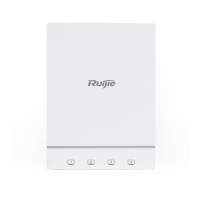
